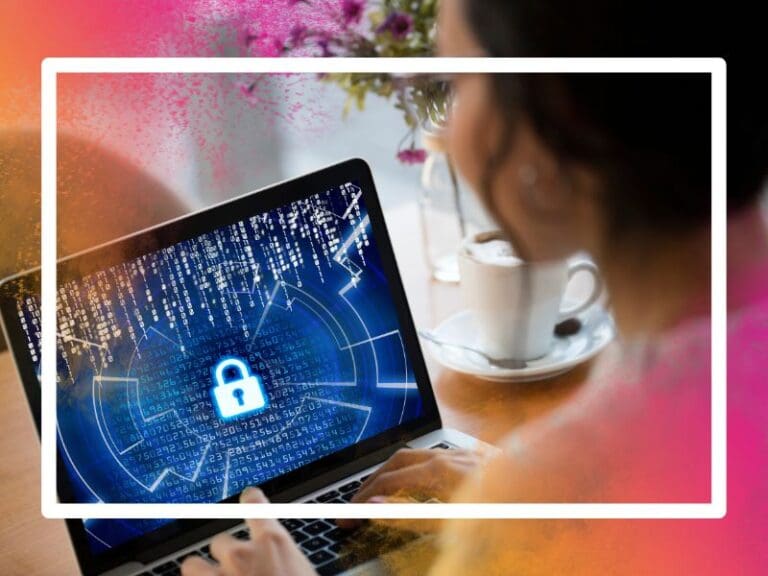Despite its recent progress, one glaring talking point in the cyber security industry is the ever-persistent gender imbalance.
In an era where cyber threats are growing increasingly more sophisticated and severe, the industry needs more women with the right skills and perspectives to propel it forward. In 2024, there is still a surprising lack of women working in STEM (Science, Technology, Engineering, and Mathematics) careers, and cyber security is one specialism that can benefit greatly by broadening its gender diversity quota. However, this shouldn’t be viewed as a simple tick-box exercise; cyber security organisations and leaders must recognise how the inclusion of more gifted, skilled, and detail-orientated women can revolutionise the evolving field of cyber security.
The Current State of Women in Cyber Security Roles
Before delving into the reasons and processes for wider change within the sector, it’s important to establish the current state of play.
The following stats are taken from an ISC2 report published in April 2024:
- The percentage of women working in this sector is between 20 and 25%, with greater representation in the 30-34 and under 30 age brackets. ISC2 experts expect this percentage to grow as more young people enter the profession.
- When looking at respondents’ security team staffing levels, 4% of firms said that over half of their team comprises women. Compare this with 11% that reported no women on the team, and the imbalance is clear.
- Interestingly, women participants indicated a propensity to work at organisations where there was some female representation in their security teams.
- Security professionals working in cloud services reported 28% of women within a security function, while the energy and military sectors reported 20%.
- Most pathways for women respondents into the cyber security profession are different from men; most alluded to career advancement opportunities (26%) as the primary reason to consider a cyber security career.
- Considering widespread calls from experts to broaden access to cyber security at an earlier age, interestingly, 14% of women respondents listed this as a reason to pursue it as a career, compared with only 10% of men.
- The same report points to 57% of women holding formal security titles (e.g. IT Manager, Security Consultant, etc.) and executive roles at a similar rate to men.
While these statistics suggest a positive overall outlook compared to how cyber security has long been viewed, it’s clear that there is a long way to go.
Why Women Are Essential in Cyber Security
Cyber security can exist in a multitude of ways. Companies can cultivate an established in-house function or tailor its model to be a professional consultancy firm or agency providing professional enterprise-grade services (like incident response solutions, vulnerability assessments and red team engagements, that require specialist cyber accreditation and experience).
However, all organisations are built differently. The one thing that they can all benefit from is to broaden and diversify their teams. Let’s look at how they can achieve greater agility and performance by embracing more female representation.
Cyber security is fundamentally about solving complex problems and anticipating and responding to threats. A diverse workforce made up of skilled, capable women can offer a company more creativity in developing solutions and improvements in how they foresee, predict, and address new vulnerabilities. Women are known for approaching problems differently than their male counterparts, and organisations can benefit from their fresh perspectives and ideas.
Considering the deficit in cyber security positions, it’s estimated that there are millions of unfilled positions. Companies can take an active approach to address and close the skills gap by encouraging more women to enter the field, providing inspiration for other like-minded companies in their industry and beyond.
Women excel in building relationships, fostering teamwork, and creating more inclusive, productive and innovative work environments. Central to these workplaces is communication, and, with more women in such a function, this is made easier and more achievable. Women are also more detail-orientated and risk-aware on average, which can prove pivotal in identifying potential threats, spotting anomalous activity, and creating more decisive security strategies.
Overcoming Barriers to Entry
So how can organisations encourage more women to enter the field of cyber security with confidence and reassurance that they’re in for a lucrative and fulfilling career? It involves addressing the longstanding barriers that have – historically – kept them at arm’s length from the sector.
In a nutshell, the following is crucial:
- Promoting STEM education routes to girls from an early age
- Highlighting successful women cyber security leaders as role models
- Extending mentorship and coaching programmes to guide young women entering the sector
- Implementing policies that empower a healthy work-life balance
- Addressing unconscious biases in hiring, upskilling, and professional development
- Encouraging more training and coaching opportunities for women to advance their careers and broaden their skill sets
- Overtly challenging the perception that cyber security is a man’s world
- Fostering an environment where all voices are heard and valued
The Future of Cyber Security is Diverse
Cyber security is an exciting and enriching career that offers people many specialities to choose from. However, as the industry and cyber threats evolve, so must our approach to combating them.
A diverse workforce – with strong female representation – allows organisations to address critical skills shortages, diversify their service offerings, solve problems with greater confidence, and understand the diverse user base they are trying to safeguard.







